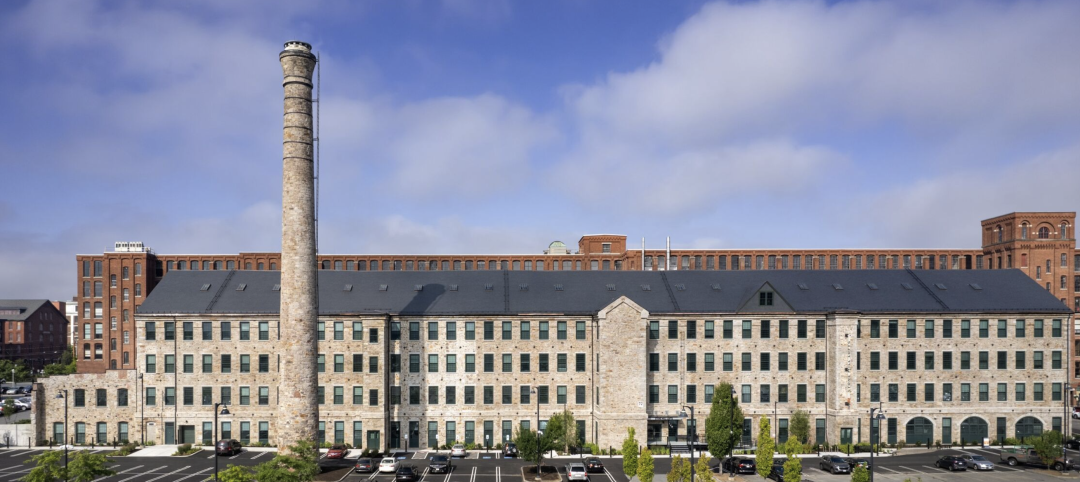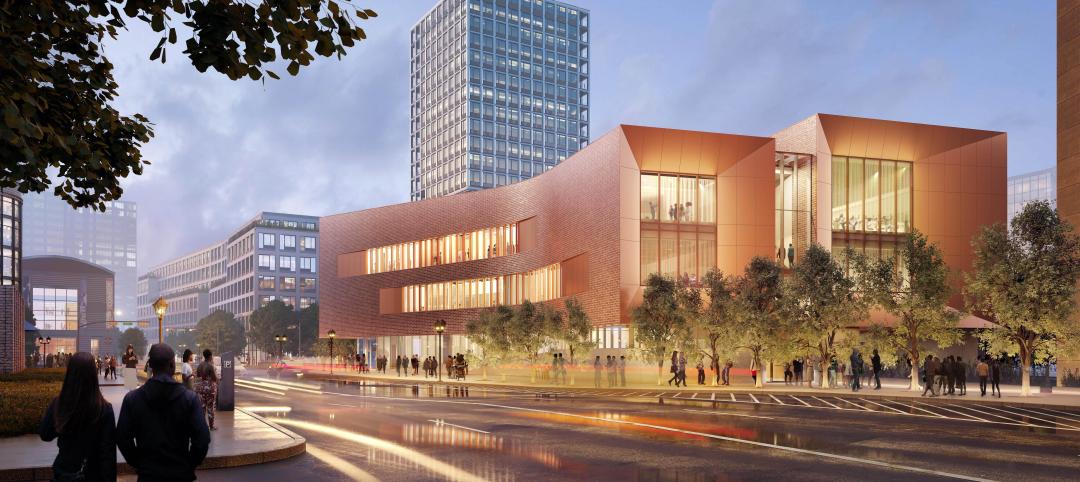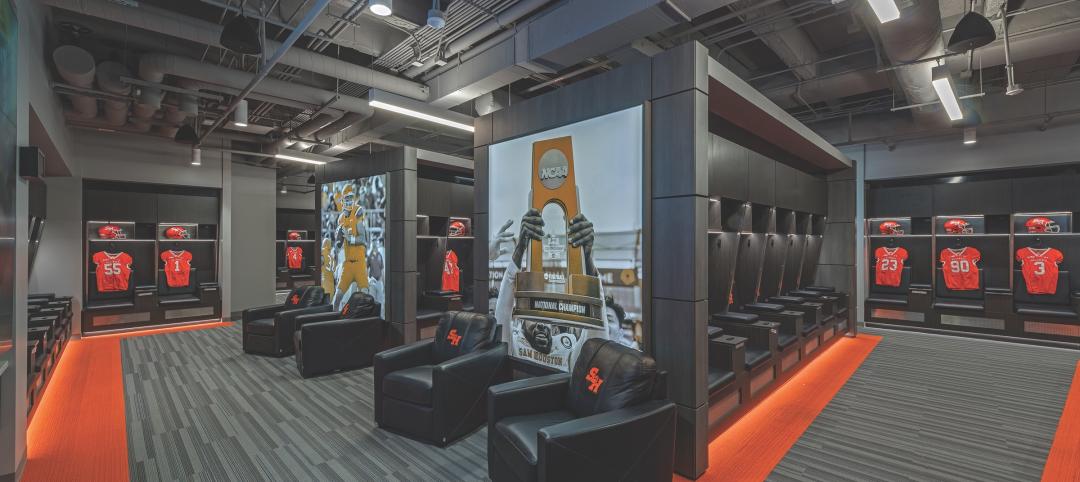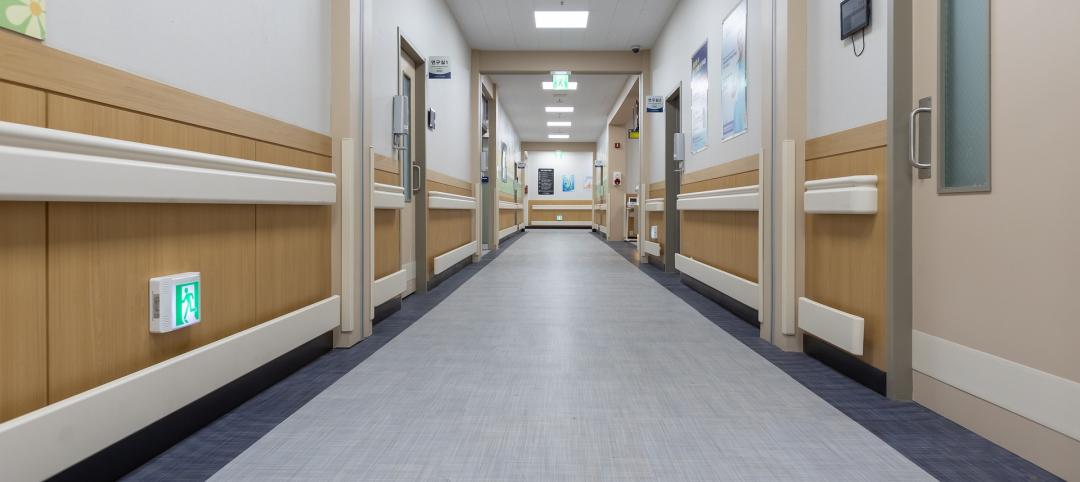BD+C: You’re a second-generation contractor, aren’t you?
Sundra L. Ryce: My dad is 66, and he’s owned W.C. Roberson Plumbing and Construction Corp. here in Buffalo for over 30 years. I started working for him as a teenager, learning basic business practices, especially about integrity. He taught me that if you say you’re going to do something, do it. He also had a very diverse company, and that has translated into our business. He’s my number one mentor.
BD+C: Right from the start, in 1996, you made a conscious decision to go into the commercial sector. Why?
SLR: I had a vision of growth, and I wanted to position the company to become a medium-size or larger firm. That’s the path we’ve taken. To date, our largest project, which is in excess of $16 million, is with the New York State Power Authority. So we are fulfilling our vision.
BD+C: How’s business?
SLR: We employ about 30 people, with revenues expected to exceed more than $25 million this year. About 10-15% of our work is CM, 20% is design-build, but our mainstay is general construction. We’ve been doing work for the Federal government for the last 12 years. We have worked with the Army Corps of Engineers, building their Military Entrance Processing Station at the Niagara Falls Air Reserve Station, and, more recently, a renovation project for the Navy, in Erie, Pa. As far as design-build work goes, we see the Federal government moving more into that arena as well. They want you to bring the team to them and deliver the whole project—one-stop shopping.
BD+C: Your firm qualifies doubly as an MWBE, a business owned by a minority member or woman. Which is better for business, the M or the W?
SLR: The M helps me more, because in a lot of the projects, with the hiring goals that are set, there’s a greater capacity for minorities; for example, it may be 25% minority-owned, vs. 7% for woman-owned. Do I use it? Yes, especially for bidding on the larger projects. Fortunately, we have earned an excellent reputation for providing exceptional general construction services over the years. That is what we lead with when presenting ourselves, while highlighting that we are an MWBE after that.
BD+C: Your company is part of a consortium that’s doing $1 billion of work for the Buffalo Public Schools. What have you learned from that experience?
SLR: When you’re working with government entities, it’s really important to have a highly trained team with the skill sets to deal with the bureaucracy on all levels. Most agencies are meticulous about their paperwork, and that has been a stumbling block for many small or medium-size firms. At SLR Contracting, we quickly learned how to satisfy those requirements by providing all the appropriate documents necessary to complete those kinds of projects.
BD+C: During a recent radio interview you said you thought you were seeing light at the end of the economic tunnel. Enlighten us!
SLR: One of the things that has given us hope as a company is that in western New York, we are seeing projects come back to life. In Buffalo, the city is redeveloping the Erie Canal and the harbor, a $75 million project. And when you talk to the bankers, and looking at business trends, there is a small amount of growth. It’s a light, not a total recovery.
BD+C: You participated in a public forum in which you asked a question of President Obama. What did you ask him?
SLR: My question was about how to successfully run a small business. I specifically asked about the education programs offered to small business owners and how they should effectively negotiate contracts. I wanted to know what his administration is doing to implement new educational practices which support small business enterprises.
BD+C: And what did he say?
SLR: He answered for eight minutes. [Laughs.] He said they are looking at going into colleges and high schools to implement programs for entrepreneurial degrees, so that when people get to the point where they’re able to start a business, they have the tools.
BD+C: Are you feeling pressure from larger firms coming into your turf?
SLR: It’s kind of flipped around for us. Because of our growth, we’re moving into other markets, and it’s been a surprise to some businesses in those areas. For example, with the Erie Canal Harbor Development project, a larger firm [Hunt Construction] actually asked us to partner with them, and it’s been a great relationship for both of us.
BD+C: What’s your toughest challenge?
SLR: Balancing the opportunities that come to us. Once you get a name as a good contractor, you have to be really selective, to be fiscally responsible, to deliver those projects, get rave reviews and repeat customers. You’d love to take all the jobs, but you can’t. We want to grow smart instead of just growing fast.
Related Stories
Adaptive Reuse | Oct 22, 2024
Adaptive reuse project transforms 1840s-era mill building into rental housing
A recently opened multifamily property in Lawrence, Mass., is an adaptive reuse of an 1840s-era mill building. Stone Mill Lofts is one of the first all-electric mixed-income multifamily properties in Massachusetts. The all-electric building meets ambitious modern energy codes and stringent National Park Service historic preservation guidelines.
MFPRO+ News | Oct 22, 2024
Project financing tempers robust demand for multifamily housing
AEC Giants with multifamily practices report that the sector has been struggling over the past year, despite the high demand for housing, especially affordable products.
Performing Arts Centers | Oct 21, 2024
The New Jersey Performing Arts Center breaks ground on $336 million redevelopment of its 12-acre campus
In Newark, N.J., the New Jersey Performing Arts Center (NJPAC) has broken grown on the three-year, $336 million redevelopment of its 12-acre campus. The project will provide downtown Newark 350 mixed-income residential units, along with shops, restaurants, outdoor gathering spaces, and an education and community center with professional rehearsal spaces.
Office Buildings | Oct 21, 2024
3 surprises impacting the return to the office
This blog series exploring Gensler's Workplace Survey shows the top three surprises uncovered in the return to the office.
Healthcare Facilities | Oct 18, 2024
7 design lessons for future-proofing academic medical centers
HOK’s Paul Strohm and Scott Rawlings and Indiana University Health’s Jim Mladucky share strategies for planning and designing academic medical centers that remain impactful for generations to come.
Sports and Recreational Facilities | Oct 17, 2024
In the NIL era, colleges and universities are stepping up their sports facilities game
NIL policies have raised expectations among student-athletes about the quality of sports training and performing facilities, in ways that present new opportunities for AEC firms.
Codes and Standards | Oct 17, 2024
Austin, Texas, adopts AI-driven building permit software
After a successful pilot program, Austin has adopted AI-driven building permit software to speed up the building permitting process.
Resiliency | Oct 17, 2024
U.S. is reducing floodplain development in most areas
The perception that the U.S. has not been able to curb development in flood-prone areas is mostly inaccurate, according to new research from climate adaptation experts. A national survey of floodplain development between 2001 and 2019 found that fewer structures were built in floodplains than might be expected if cities were building at random.
Seismic Design | Oct 17, 2024
Calif. governor signs limited extension to hospital seismic retrofit mandate
Some California hospitals will have three additional years to comply with the state’s seismic retrofit mandate, after Gov. Gavin Newsom signed a bill extending the 2030 deadline.
MFPRO+ News | Oct 16, 2024
One-third of young adults say hurricanes like Helene and Milton will impact where they choose to live
Nearly one-third of U.S. residents between 18 and 34 years old say they are reconsidering where they want to move after seeing the damage wrought by Hurricane Helene, according to a Redfin report. About 15% of those over age 35 echoed their younger cohort’s sentiment.

















